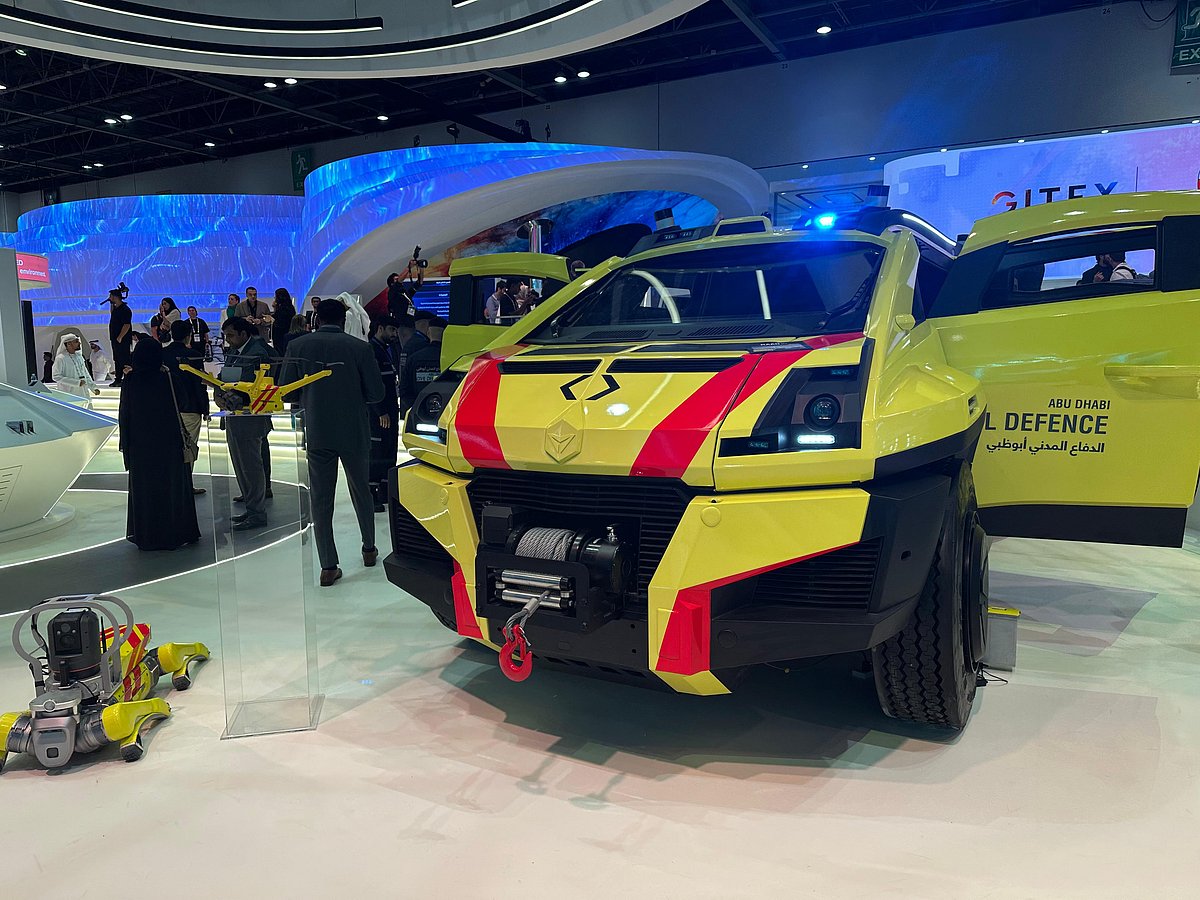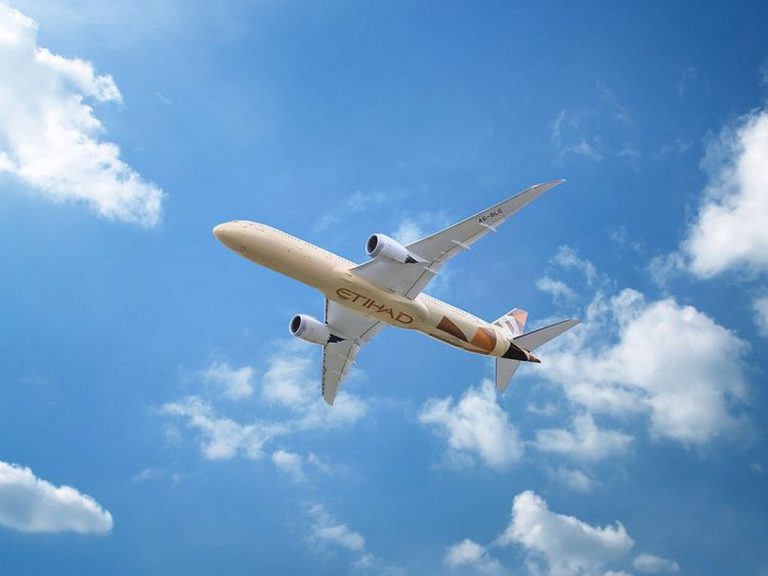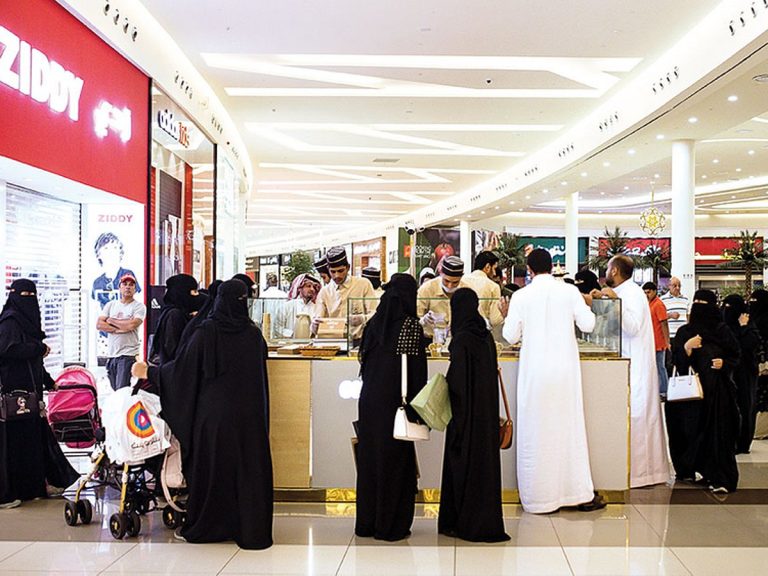Abu Dhabi’s RAAD Vehicle to Enhance Emergency Response by 20
Abu Dhabi is on the brink of a technological breakthrough in emergency response with the introduction of RAAD, an advanced AI-powered vehicle designed to enhance safety and efficiency during emergencies. This innovative vehicle will not only patrol and inspect buildings but also coordinate operations in real time, marking a significant leap forward for the Abu Dhabi Civil Defence Authority.
Features of RAAD
Smart Patrol Capabilities
RAAD is equipped to function as a smart patrol car during non-emergency situations. It utilizes QR codes to scan buildings throughout the city, ensuring compliance with safety regulations. If a property requires further inspection, a robot dog housed in the vehicle can autonomously deploy to conduct a thorough assessment.
Major Engineer Ali Hassan Al Madfai, Head of Executive Affairs at the Abu Dhabi Civil Defence Authority, explained, “The Robo Dog jumps out of the boot, enters the building, and performs inspections autonomously, checking for any safety violations or blocked exit routes.”
Enhanced Emergency Response
In the event of an emergency, RAAD transitions into a mobile command and control unit. It features a drone that provides aerial surveillance of the incident, while built-in dashboards deliver live feeds and data from firefighters’ helmets and field sensors. This capability allows for real-time monitoring of the situation.
“We can see what every firefighter sees and maintain two-way communication without relying on traditional telecommunication networks,” Al Madfai noted. This ensures that the Civil Defence team can effectively manage multiple incidents simultaneously.
Autonomous Future
Currently, RAAD is operated by officers, but future iterations may incorporate autonomous driving capabilities. Al Madfai stated, “While the current model will be driven, we envision future versions operating autonomously to enhance mission efficiency.”
Operational Impact
RAAD generates its own communication network in the field, which is crucial during emergencies when traditional signals may be disrupted. This allows for real-time tracking of resources, such as fire trucks and water levels. “If we notice low water levels in a fire truck, we can quickly send reinforcements and additional units from a single command unit,” Al Madfai explained.
The deployment of RAAD is anticipated in the fourth quarter of 2026, with potential applications extending beyond Abu Dhabi. Al Madfai emphasized the importance of integrating emerging technologies across the UAE to improve public safety and operational readiness.
FAQs
What is RAAD?
RAAD is an AI-powered emergency response vehicle designed to patrol, inspect buildings, and coordinate operations during emergencies, featuring advanced technologies like drones and autonomous robots.
When will RAAD be deployed?
The deployment of RAAD is scheduled for the fourth quarter of 2026, with plans for its technology to potentially extend beyond Abu Dhabi.
How does RAAD improve emergency response?
RAAD enhances emergency response by providing real-time data, aerial surveillance, and autonomous inspection capabilities, allowing for more efficient management of incidents and resources.
Conclusion
The introduction of RAAD represents a significant advancement in emergency response technology for Abu Dhabi. With its innovative features and capabilities, RAAD is set to transform how emergencies are managed, ensuring greater safety and efficiency for the community. As deployment approaches, the potential for this technology to enhance public safety across the UAE remains promising.
The development of RAAD aligns with global trends in leveraging technology to improve emergency services. Many cities worldwide are increasingly adopting smart technologies to enhance their response capabilities, reflecting a broader commitment to public safety and disaster preparedness. The integration of AI and robotics in emergency management not only streamlines operations but also reduces the risk to human responders by allowing machines to handle hazardous situations.
Moreover, the introduction of RAAD may serve as a model for future innovations in the UAE’s civil defense strategy. By investing in advanced technologies, the Abu Dhabi Civil Defence Authority aims to create a more resilient infrastructure capable of responding to various emergencies, including fires, natural disasters, and public safety threats. This initiative is part of a larger vision to foster a culture of safety and preparedness within the community, ensuring that residents feel secure in their environment.
As RAAD prepares for its rollout, ongoing training and collaboration with emergency personnel will be essential to maximize its effectiveness. The successful integration of this technology into existing emergency protocols will require not only technical adjustments but also a shift in operational mindset among responders, emphasizing the importance of adaptability in the face of evolving challenges in public safety.
Also Read:
UAE Launches AI Vehicle for Visa Compliance Monitoring







